Getting Kids Involved in Home Recycling
In today’s world, where environmental issues are at the forefront of global discussions, it’s crucial to instill a sense of responsibility in our children from a young age. not only teaches them about sustainability but also empowers them to make a difference. Imagine your child, with their tiny hands, sorting through recyclables, understanding the impact of their actions, and feeling proud of contributing to a greener planet. This article explores practical strategies to engage children in recycling at home, fostering environmental awareness and responsibility from a young age. Discover fun activities, educational resources, and tips for making recycling a family affair.
Teaching kids about the environmental benefits of recycling helps them appreciate its significance. The world is overflowing with waste, and the effects are visible everywhere—from polluted oceans to overflowing landfills. When children understand that every bottle they recycle or every piece of paper they save can contribute to a cleaner environment, they begin to see the bigger picture. Recycling reduces the amount of waste sent to landfills and conserves natural resources. It’s like giving our planet a much-needed hug, and kids can be part of that embrace!
Engaging kids in hands-on recycling projects can make learning enjoyable. Think of recycling as a treasure hunt where kids discover the value of materials that can be reused. There are countless creative activities that encourage children to participate actively in recycling efforts at home. For instance, why not turn an old cereal box into a fun storage container? Or use plastic bottles to create a bird feeder? These activities not only teach kids about recycling but also allow them to express their creativity.
Setting up a designated recycling station at home can help kids understand where to place recyclable materials. Picture a colorful corner in your house, adorned with different bins for paper, plastic, and metal. This space should be both functional and kid-friendly, making it easy for children to access and contribute. You can involve them in the process of decorating the bins, making it a fun family project. By having a visual and organized recycling station, kids will be more likely to participate and take ownership of their recycling habits.
Teaching kids to label and sort recyclables promotes responsibility. You can create colorful labels together, using images and words to represent different materials. For example, a green label for paper, blue for plastic, and yellow for metal. This not only helps them learn but also makes the process visually engaging. As they sort through the materials, they’ll start to recognize what can be recycled and what cannot, fostering a sense of accomplishment and understanding.
Art projects using recyclable materials can spark creativity in kids. Instead of tossing out that old cardboard box, why not transform it into a castle or a spaceship? Encourage your children to think outside the box—literally! Share ideas for projects like making collages from scrap paper, creating sculptures from plastic bottles, or even designing greeting cards from used wrapping paper. By demonstrating that recycling can be both fun and educational, you’ll inspire your kids to see waste in a new light.
Utilizing books, websites, and games can further enhance kids' understanding of recycling. There are numerous resources available that explain the importance of recycling in a fun and engaging way. For instance, you can find interactive websites where kids can play games about recycling, or read books that tell stories about environmental heroes. These resources not only educate but also entertain, making the learning process enjoyable for children.
Introducing friendly competition can motivate kids to engage in recycling. Why not create a family recycling challenge? Set goals for how many items each family member can recycle in a week and track your progress on a colorful chart. This not only fosters teamwork but also instills a sense of commitment to sustainability. You might be surprised at how much fun it can be to encourage each other to recycle more!
Keeping track of recycling efforts can instill a sense of achievement in kids. Consider creating a simple tracking system where you can mark down how many items have been recycled. Celebrate milestones together as a family—maybe after reaching a certain number, you treat yourselves to a fun outing. This reinforces the idea that every little bit counts and makes the process rewarding.
Positive reinforcement can encourage continued involvement in recycling. Develop a reward system that recognizes kids' contributions to household recycling initiatives. It could be as simple as stickers for every week they participate or a larger reward for reaching recycling goals. By acknowledging their efforts, you’re not just teaching them about recycling—you’re also building their self-esteem and encouraging them to keep going.
Q: What age should I start teaching my kids about recycling?
A: It’s never too early! Even toddlers can learn the basics of sorting materials. Start with simple concepts and build on them as they grow.
Q: How can I make recycling fun for my kids?
A: Incorporate games, art projects, and challenges. The more interactive and hands-on, the better!
Q: What can I do if my kids aren’t interested in recycling?
A: Be a role model. Show them how important it is to you, and involve them in the process. Sometimes, kids just need a little encouragement!
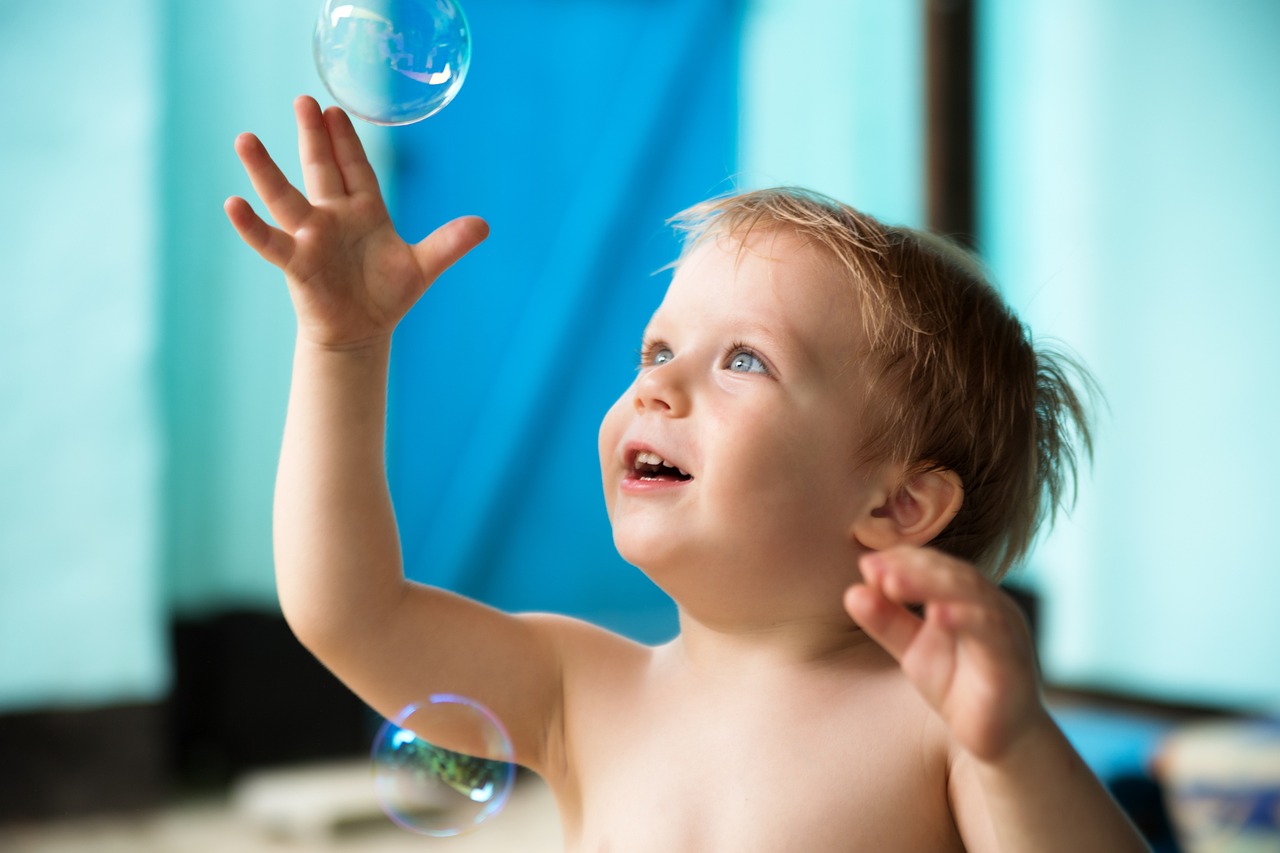
Understanding the Importance of Recycling
Teaching kids about the environmental benefits of recycling is crucial for nurturing a sense of responsibility and appreciation for our planet. You might wonder, why is recycling so important? Well, let's break it down. Every year, millions of tons of waste end up in landfills, contributing to pollution and environmental degradation. When we recycle, we help reduce the amount of waste produced, conserve natural resources, and minimize energy consumption.
Think of recycling as a superhero for the environment! It swoops in to save the day by:
- Reducing Landfill Waste: Recycling diverts materials from landfills, which not only helps keep them from overflowing but also reduces the harmful gases emitted from decomposing waste.
- Conserving Resources: By recycling materials like paper, plastic, and metals, we lessen the need to extract and process new raw materials, which can be harmful to ecosystems.
- Saving Energy: Producing new items from recycled materials generally requires less energy than creating them from scratch. For example, recycling aluminum saves up to 95% of the energy needed to create new aluminum from bauxite ore!
Moreover, teaching kids about recycling helps them understand the concept of sustainability. They learn that their actions have consequences, and they can be part of the solution. When children grasp the importance of recycling, they develop lifelong habits that contribute to a healthier planet.
To put things into perspective, consider this: If every family in the U.S. recycled just one more plastic bottle, it would save enough energy to power more than 1.3 million homes for a year! That’s a significant impact from a simple action. By involving your kids in recycling, you’re not just teaching them a chore; you’re empowering them to make a difference.
In summary, understanding the importance of recycling goes beyond just the act itself; it’s about fostering a culture of environmental stewardship that future generations can carry forward. By instilling these values in our children, we ensure that they grow up to be conscientious adults who care about the world around them.
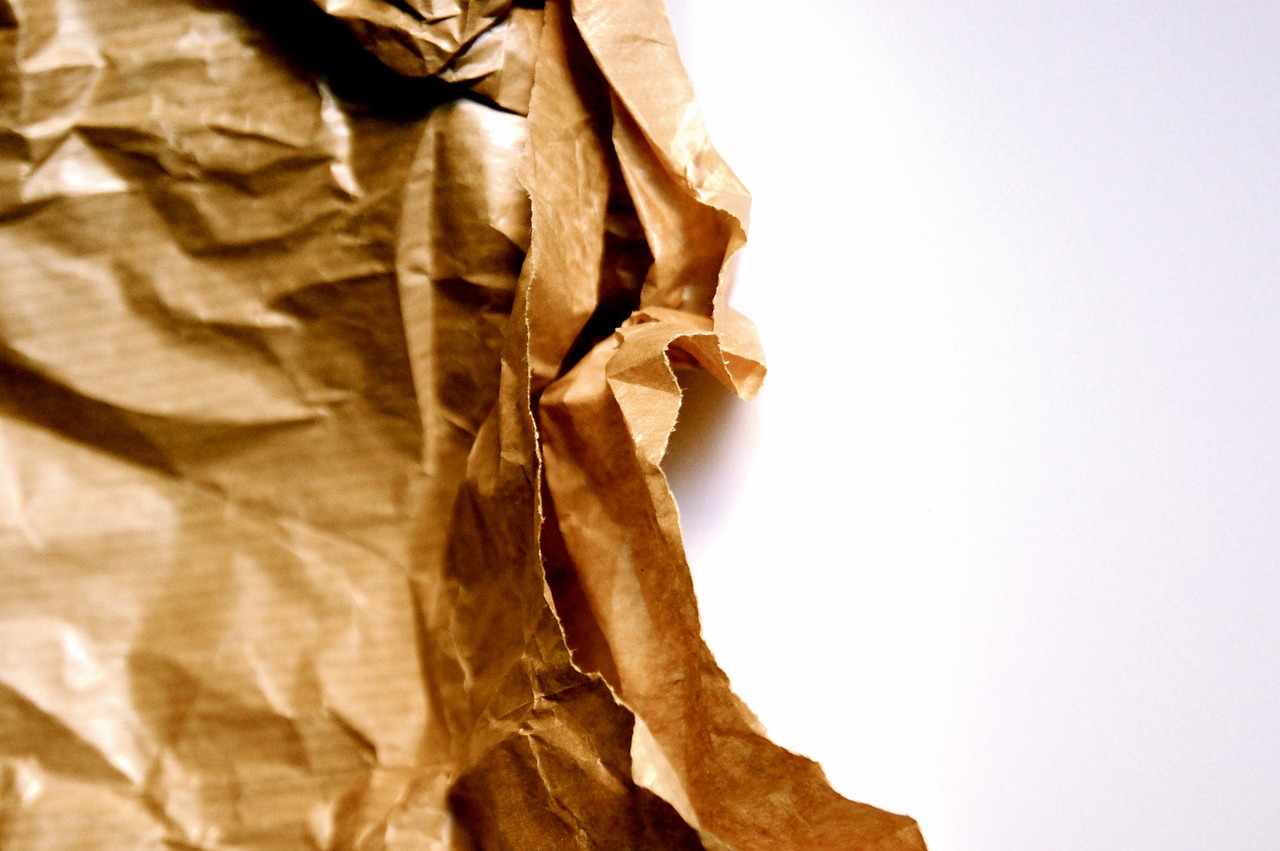
Fun and Interactive Recycling Activities
Engaging kids in recycling doesn’t have to be a chore; in fact, it can be a blast! By incorporating fun and interactive activities into your recycling routine, you can turn a simple task into an exciting family project. Think of it as an adventure where every piece of plastic or paper you recycle is a step toward saving the planet. So, how can you make recycling a delightful experience for your little ones? Let’s dive into some creative ideas!
One fantastic way to start is by creating a recycling scavenger hunt. This activity not only gets kids moving but also teaches them to identify recyclable materials. You can set up a list of items around the house, like empty cereal boxes, plastic bottles, or old newspapers, and challenge your kids to find and collect them. As they gather each item, you can discuss why each one is recyclable and how it impacts the environment. This hands-on approach makes learning feel like a game, and who doesn’t love a good treasure hunt?
Another exciting activity is to set up a recycling craft corner. Gather up some recyclable materials such as cardboard, plastic containers, and paper scraps, and let your kids' imaginations run wild! They can create anything from bird feeders to art sculptures. Not only does this foster creativity, but it also instills the idea that waste can be transformed into something beautiful. Just imagine the pride they’ll feel when they show off their creations!
To take it a step further, you could organize a family recycling competition. Divide the family into teams and set a timer for a week. Each team can collect as many recyclables as possible, and at the end of the week, you can weigh the collected items. The team with the most weight recycled can earn a fun family outing or a small reward. This not only encourages teamwork but also instills a sense of friendly competition that can motivate everyone to participate actively.
Don't forget to make it educational! Incorporate some interactive games that teach kids about recycling. For instance, you can create a matching game where kids match recyclable items with their correct recycling bins. This can be done with simple flashcards or even an online game. The more they play, the more they learn, and before you know it, they’ll be recycling pros!
Lastly, consider making it a family ritual to watch documentaries or educational videos about recycling and environmental conservation. This can spark important discussions about sustainability and the impact of waste on our planet. Plus, it’s a great way to cozy up together as a family while learning something valuable.
By incorporating these fun and interactive recycling activities into your home, you’re not just teaching your kids about recycling; you’re creating lasting memories and instilling a sense of environmental responsibility. So gather those recyclables, unleash your creativity, and make recycling a family affair!
Q: How can I make recycling more interesting for my kids?
A: Incorporate fun activities like scavenger hunts, craft projects, and family competitions to engage your kids in recycling.
Q: What are some easy recycling crafts for kids?
A: You can create bird feeders from plastic bottles, art sculptures from cardboard boxes, or even homemade greeting cards from old paper.
Q: How can I teach my kids about the importance of recycling?
A: Use educational games, documentaries, and discussions to explain the environmental impact of waste and the benefits of recycling.
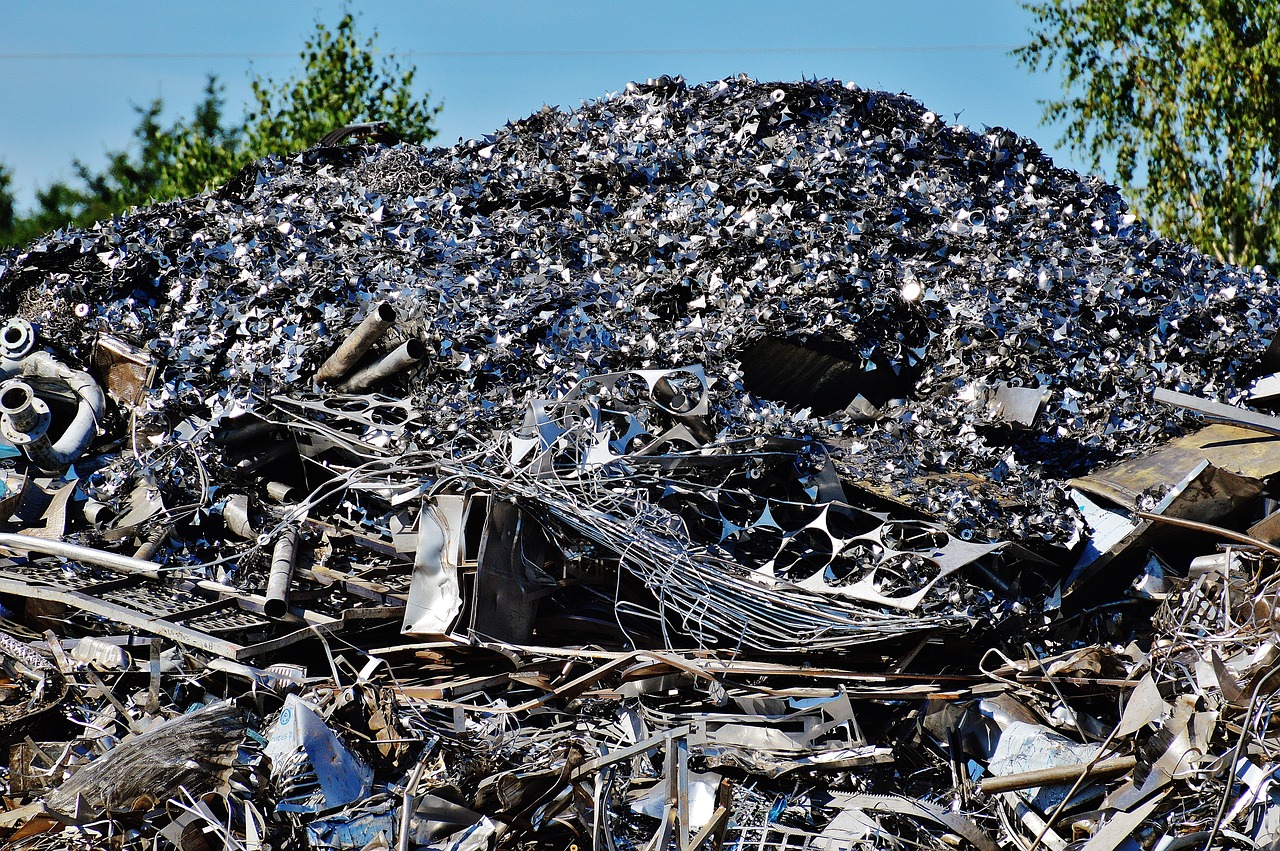
Creating a Recycling Station
Setting up a designated recycling station at home is an exciting way to get your kids involved in recycling while teaching them about environmental responsibility. Imagine transforming a corner of your kitchen or garage into a vibrant hub of sustainability! This station not only makes it easy for everyone to know where to place recyclables, but it also sparks curiosity and encourages kids to take ownership of their actions. So, how do you go about creating this recycling paradise?
First things first, you need to choose a location that is accessible and visible to everyone in the family. Think of a place where your kids frequently hang out, like near the kitchen or in the playroom. Once you've selected the perfect spot, it's time to gather the materials you’ll need. Colorful bins are a great way to make recycling fun! You can use different colored containers to represent various types of recyclables, such as:
- Blue bins for paper and cardboard
- Green bins for plastics
- Yellow bins for metals
- Brown bins for glass
Labeling each bin clearly is essential. Use large, easy-to-read fonts or even fun drawings to help your kids quickly identify what goes where. You could even have a little art session where your kids create the labels themselves! This not only makes the station more engaging but also helps them remember the importance of sorting their recyclables correctly.
Next, consider adding a sorting area next to the bins. This can be a small table or a designated space where kids can sort through their items before they go into the bins. Encourage them to check the labels and make sure they’re putting items in the right place. This hands-on approach can be both educational and rewarding as they see their efforts making a difference.
To keep things organized and fun, think about incorporating a recycling calendar where you can track how much your family is recycling each week. You can even turn it into a game! Set goals for your family, and when you reach them, celebrate with a fun family activity or treat. This not only motivates your kids but also instills a sense of accomplishment.
Finally, remember that consistency is key. Make it a routine to check and empty the recycling station together as a family. This not only reinforces the habit of recycling but also strengthens family bonds. As you work together, you'll be surprised at how much your kids will learn and how proud they'll feel about contributing to a cleaner planet!
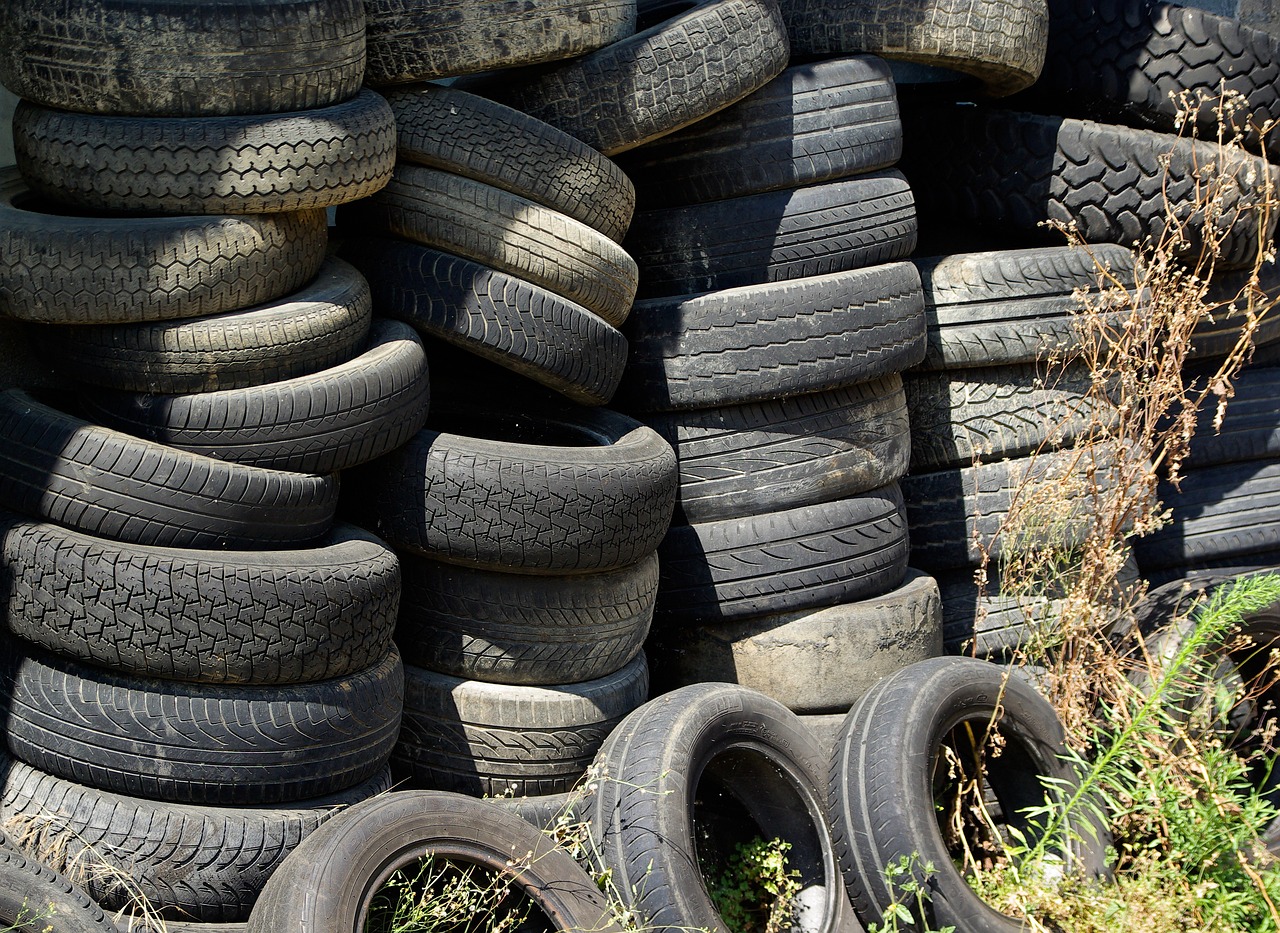
Labeling and Sorting Recyclables
Teaching kids to label and sort recyclables is a fantastic way to instill a sense of responsibility and environmental stewardship from a young age. Imagine turning your home into a mini recycling center where children feel empowered to make a difference! By creating a system that is both fun and educational, you can help them understand the importance of recycling while keeping the process engaging.
Start by setting up a simple labeling system. You can use colorful stickers or markers to label bins for different types of recyclables such as paper, plastic, glass, and metals. This visual cue not only makes it easier for kids to identify where to place their items but also adds an element of creativity. Allowing them to decorate the bins can turn this task into an enjoyable art project. For instance, you could have a “Plastic Bottle” bin decorated with images of bottles or even fun facts about recycling plastic!
Once the bins are labeled, it’s time to introduce sorting. You can make this a fun game by having kids race against the clock to sort items into the correct bins. Set a timer and see how many items they can sort correctly in a minute. This not only makes the task enjoyable but also reinforces their learning through active participation. You can also incorporate a “Recycling Bingo” game where kids earn points for sorting different materials correctly. The more they play, the better they’ll understand the different types of recyclables.
To further enhance their learning experience, consider creating a simple table that outlines what can and cannot be recycled. This can serve as a quick reference guide for your kids as they sort through items. Here’s an example:
| Recyclable Materials | Non-Recyclable Materials |
|---|---|
| Paper (newspapers, cardboard) | Pizza boxes (greasy) |
| Plastic bottles (with recycling symbol) | Plastic bags |
| Glass jars and bottles | Broken glass |
| Aluminum cans | Foil wrap |
By having this table visible in your recycling area, children can quickly reference it and learn about the materials they encounter daily. Additionally, regular discussions about why certain materials are recyclable while others are not can deepen their understanding and appreciation for the environment.
Remember, the goal here is not just to sort trash but to foster a habit that will last a lifetime. By involving your kids in labeling and sorting recyclables, you’re not only teaching them about recycling but also empowering them to take action. It’s a win-win situation where they learn, have fun, and contribute to a cleaner planet!
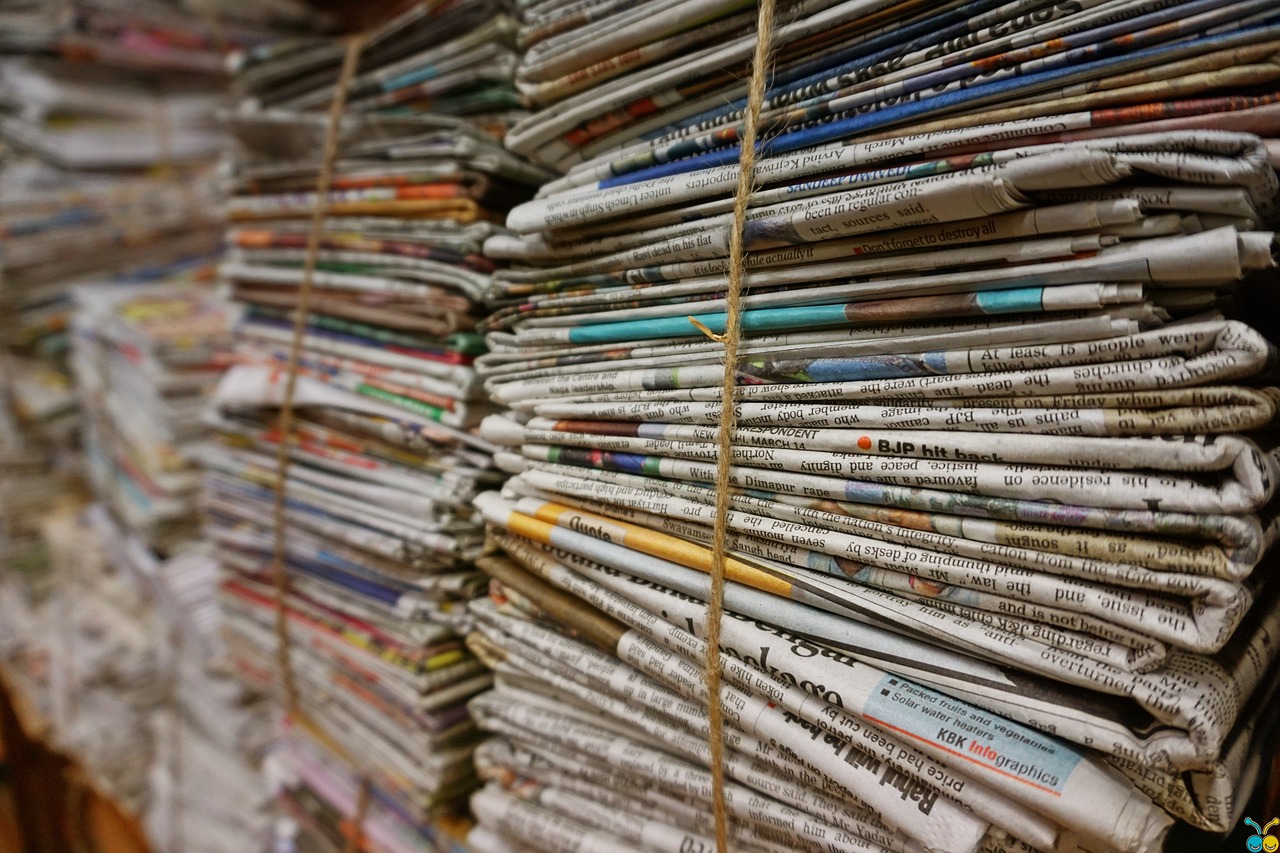
Incorporating Art Projects
Involving kids in art projects using recyclable materials is a fantastic way to spark their creativity while teaching them about the importance of recycling. Imagine transforming a simple cardboard box into a magnificent spaceship or turning old newspapers into colorful collages! These activities not only provide a fun outlet for artistic expression but also demonstrate that waste can be repurposed into something beautiful. By using items that would typically end up in the trash, children can learn valuable lessons about sustainability and resourcefulness.
One of the best aspects of incorporating art projects into recycling is that it allows children to see the potential in what they might otherwise consider junk. For instance, plastic bottles can be turned into planters, and egg cartons can become whimsical creatures. This not only encourages imaginative thinking but also helps kids understand the concept of upcycling—taking something that is no longer useful and giving it a new life. To kick off your art project journey, gather some common recyclable items, such as:
- Cardboard boxes
- Plastic bottles
- Old newspapers and magazines
- Egg cartons
- Scrap fabric
Once you have your materials ready, set aside a dedicated space in your home where your kids can unleash their creativity. This area can be a table covered with newspaper or a craft area stocked with scissors, glue, and paint. Encourage your children to brainstorm ideas for their projects, and perhaps even host a mini art show at home to showcase their creations. This not only builds their confidence but also fosters a sense of accomplishment.
Moreover, consider incorporating educational elements into these art projects. For example, while creating, you could discuss the environmental impact of each material they are using. Ask questions like, “How long do you think this plastic bottle takes to decompose?” or “What happens to our planet if we don’t recycle?” Such discussions can deepen their understanding and appreciation of recycling while making the learning process engaging and fun.
In essence, art projects using recyclable materials are a win-win for both creativity and environmental education. They provide a platform for children to express themselves while instilling a sense of responsibility towards the planet. So, gather those recyclables, unleash your kid's imagination, and watch as they create masterpieces that not only look good but also carry a significant message about sustainability!
Q: What types of materials can we use for art projects?
A: You can use a variety of recyclable materials such as cardboard, plastic bottles, newspapers, egg cartons, and scrap fabric. The possibilities are endless!
Q: How can I encourage my child to participate in these art projects?
A: Make it fun! Set up a dedicated craft space, provide various materials, and encourage brainstorming sessions. You can also host a mini art show to celebrate their creations.
Q: Are there any educational benefits to these art projects?
A: Absolutely! These projects can teach kids about recycling, sustainability, and the importance of reducing waste. You can incorporate discussions about the environmental impact of materials used in their art.
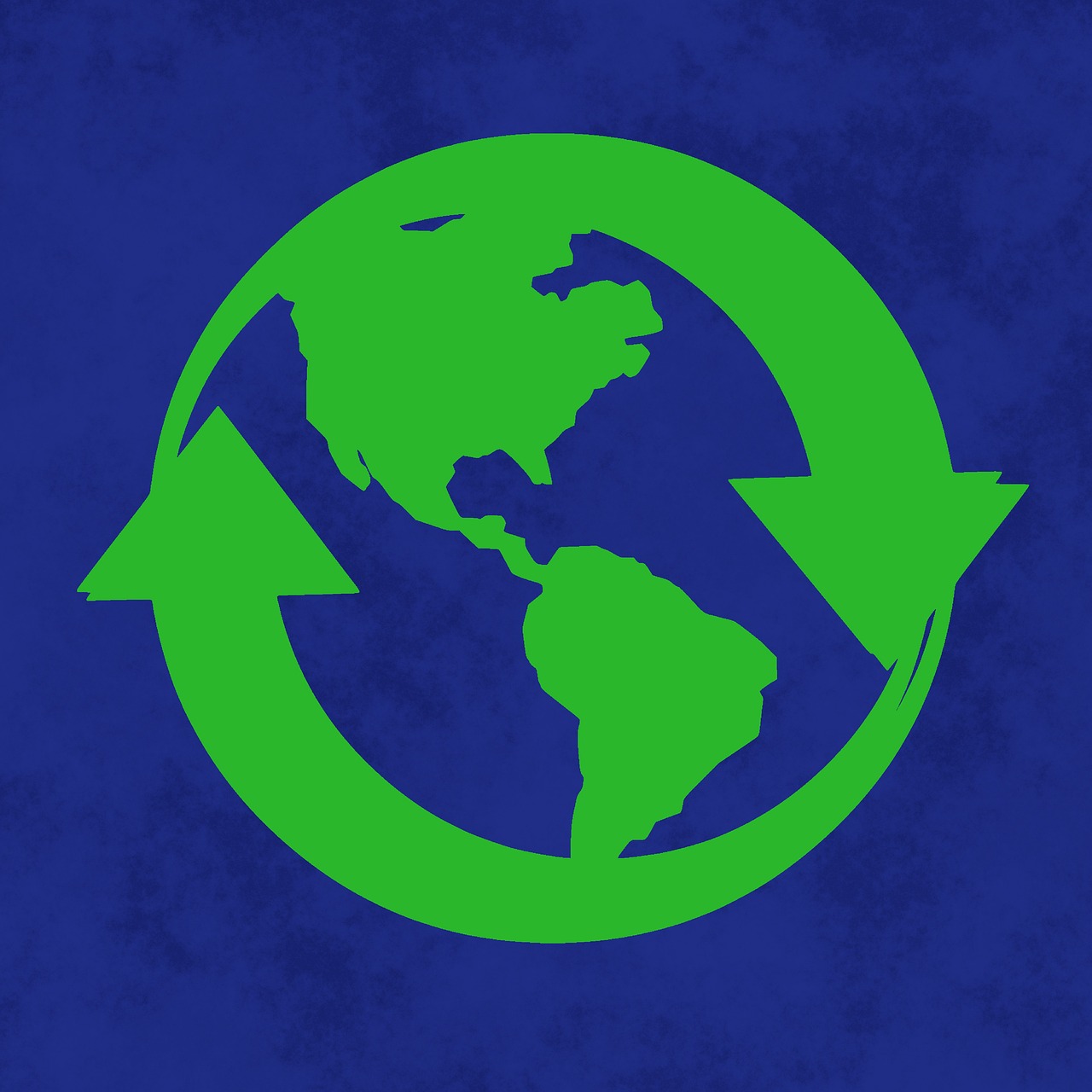
Educational Resources for Kids
In today's digital age, there is a wealth of educational resources available that can help children understand the importance of recycling. These resources not only make learning fun but also instill a sense of responsibility towards the environment. From interactive websites to engaging books and games, parents can choose from various options to enhance their kids' knowledge. For instance, websites like Kids.gov offer interactive lessons and fun quizzes that teach children about recycling and waste management in a playful manner. Additionally, educational videos on platforms like YouTube can visually demonstrate the recycling process, making it easier for kids to grasp complex concepts.
Books are another fantastic resource, providing stories and illustrations that capture children's imaginations. Titles such as "The Lorax" by Dr. Seuss and "Michael Recycle" by Ellie Bethel not only entertain but also convey powerful messages about environmental stewardship. These stories can spark discussions about recycling and inspire kids to take action in their own homes. Furthermore, many local libraries have dedicated sections for children's books on environmental topics, making it easy for families to find suitable reading material.
Moreover, incorporating games into the learning process can significantly boost engagement. Online platforms like Epic Games offer educational games that encourage kids to sort recyclables or manage a virtual recycling center. These games teach critical thinking and decision-making skills while reinforcing the importance of recycling. By blending education with play, children are more likely to retain information and develop a positive attitude towards recycling.
To further enrich your child's learning experience, consider organizing a family movie night featuring documentaries about the environment and recycling. Films such as "Wall-E" or "A Plastic Ocean" can provide a captivating look at the impact of waste on our planet, prompting meaningful conversations about how we can all contribute to a healthier Earth.
In summary, utilizing a combination of books, websites, games, and films can create a comprehensive learning experience for kids about recycling. By making education fun and interactive, parents can foster a lifelong commitment to environmental responsibility in their children. Remember, the earlier we start teaching kids about recycling, the more likely they are to carry these values into adulthood.
- What age is appropriate to start teaching kids about recycling? It's never too early! Even toddlers can begin to understand basic concepts about recycling through simple explanations and activities.
- Are there specific books you recommend for young children? Yes! "The Lorax" and "Michael Recycle" are great choices that convey recycling messages in an engaging way.
- How can I make recycling more fun for my kids? Incorporate games, creative art projects, and family challenges to make recycling an enjoyable and engaging activity.

Creating a Family Recycling Challenge
Introducing a family recycling challenge is a fantastic way to motivate your kids to engage actively in recycling while also fostering a sense of teamwork. Imagine turning a mundane task into a fun and exciting competition! You can create a challenge that not only encourages recycling but also builds camaraderie among family members. The key is to make it enjoyable and rewarding, so everyone feels involved and excited to participate.
Start by setting clear goals for the challenge. For instance, you could aim to collect a certain number of recyclable items within a month or track the weight of recyclables collected each week. This makes the challenge measurable and gives everyone a target to strive for. To keep the momentum going, consider organizing different themes for each week. For example, one week could focus on paper recycling, while another could emphasize plastic or metal. This variety keeps things fresh and interesting!
Next, create a visual tracker that everyone can see. A simple chart or poster can be displayed in a common area of your home, where family members can mark their progress. You could use stickers or colored markers to represent the amount of recyclables collected. This visual representation not only makes the challenge more engaging but also instills a sense of accomplishment as the chart fills up.
To add a little extra spice, consider implementing a points system. Assign points for different types of recyclables collected, with more challenging items earning more points. For example:
| Item Type | Points |
|---|---|
| Plastic Bottles | 1 |
| Cans | 2 |
| Cardboard | 3 |
| Glass Containers | 4 |
At the end of the challenge, tally up the points and celebrate the winners with small prizes or rewards. This could be anything from a homemade trophy to a family movie night, which adds an element of excitement and motivation for everyone involved.
Additionally, you can incorporate educational components into the challenge. Share fun facts about recycling, such as how many times certain materials can be recycled or the environmental impact of recycling versus throwing items away. This not only enhances their knowledge but also reinforces the importance of their efforts.
Lastly, remember to celebrate your family's achievements, no matter how small. Whether it's a simple acknowledgment of everyone's hard work or a family outing to reward the collective effort, recognizing contributions fosters a positive attitude towards recycling. By making it a family affair, you’re not just teaching kids about recycling; you’re instilling values of teamwork, responsibility, and environmental stewardship that will last a lifetime.
- How can we make recycling fun for kids? Engage them with games, challenges, and art projects that utilize recyclable materials.
- What should we do with items that can't be recycled? Teach kids about waste management by discussing composting or repurposing items creatively.
- How often should we hold recycling challenges? You can hold them monthly or seasonally to keep the excitement alive!
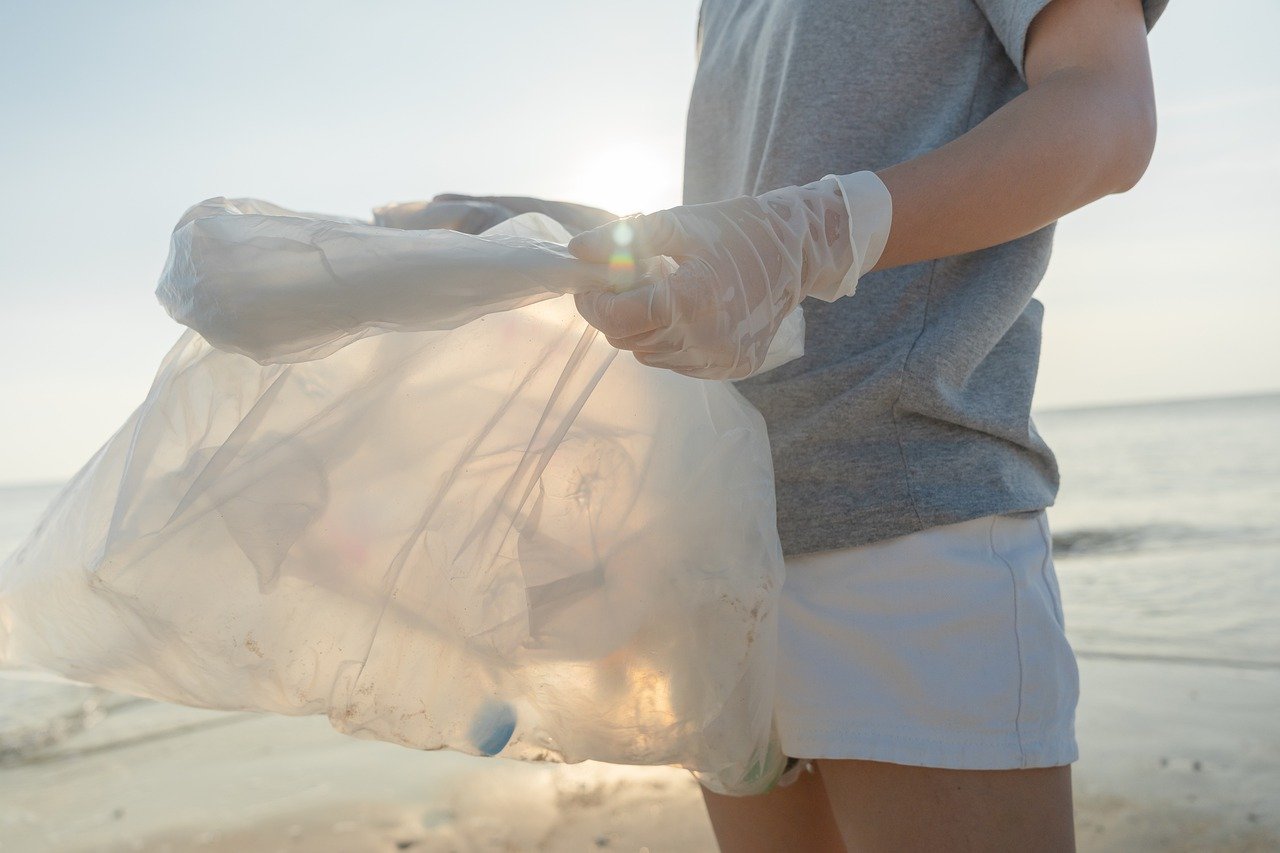
Tracking Recycling Progress
Keeping track of your family's recycling efforts can be both rewarding and educational. It’s like turning a mundane task into a fun game! Not only does it instill a sense of achievement in kids, but it also helps them visualize the impact of their actions on the environment. So, how can you effectively monitor your recycling progress? Let’s dive into some engaging methods that can make this process enjoyable for everyone involved.
One simple way to track recycling is by creating a recycling chart. This chart can be a colorful poster displayed prominently in your home. Each time your family recycles, you can add a sticker or checkmark to the chart. This visual representation not only motivates kids to participate but also allows them to see their contributions grow over time. You could even categorize the chart by different types of recyclables—like plastic, paper, and metals—so that kids can understand which materials are being recycled the most.
Additionally, you might consider using a recycling app designed for families. Many apps allow you to log your recycling activities and even set goals. For example, you could aim to recycle a certain amount of plastic each month. This tech-savvy approach can resonate well with kids and make them more excited about participating. It also teaches them how digital tools can support environmental stewardship.
Another fun idea is to hold a monthly family meeting to discuss your recycling efforts. During these meetings, you could:
- Review the recycling chart together.
- Discuss what materials were recycled and what could be improved.
- Set new goals for the next month.
These discussions not only hold everyone accountable but also foster a sense of teamwork. Kids will feel like they are part of something bigger, and they’ll appreciate the opportunity to share their thoughts and ideas.
Lastly, don’t forget to celebrate your achievements! Whether it’s a small family party or a special treat, recognizing your family's recycling milestones can be a great motivator. You could even create a “Recycling Champion” award that you pass around each month to the family member who contributed the most. This adds an element of fun and competition, encouraging everyone to step up their recycling game.
Tracking recycling progress is not just about numbers; it’s about creating a culture of sustainability within your family. By making it engaging, educational, and fun, you’ll help your kids develop a lifelong commitment to protecting our planet.
Q: How can I make recycling more fun for my kids?
A: Incorporate games, challenges, and creative projects into your recycling efforts. Use colorful charts, apps, and rewards to keep them engaged.
Q: What types of materials should we focus on recycling?
A: Focus on common recyclables like paper, cardboard, plastics, glass, and metals. Educate your kids on the importance of each type of material.
Q: How can I teach my kids to recognize recyclable materials?
A: Use visual aids, sorting games, and hands-on activities to help them learn. Label bins clearly and make it a fun challenge to identify recyclables around the house.
Q: What are some rewards I can give for recycling efforts?
A: Consider small treats, extra screen time, or a fun family outing as rewards for active participation in recycling.
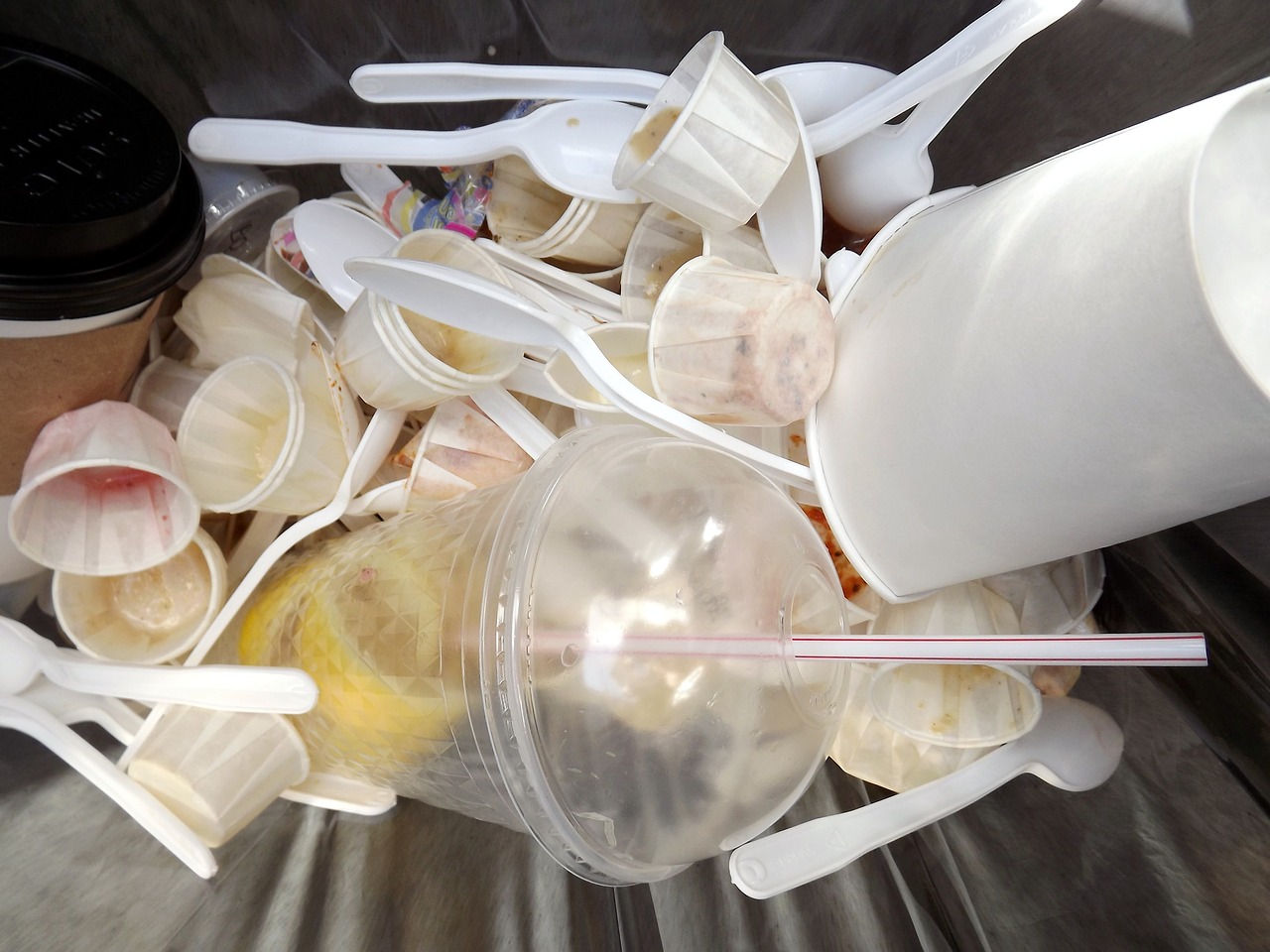
Rewarding Participation
When it comes to engaging kids in recycling, one of the most effective strategies is to reward their participation. Kids thrive on recognition and positive reinforcement, and by acknowledging their efforts in recycling, you not only motivate them but also instill a sense of responsibility and accomplishment. Think of it as planting seeds of environmental stewardship that will grow with them over time.
So, how can you create a rewarding system that resonates with your children? First, consider the age and interests of your kids. Younger children might respond well to tangible rewards, while older kids may appreciate experiences or privileges. For instance, you could establish a points system where kids earn points for each recyclable item they sort correctly. Once they reach a certain number of points, they can redeem them for a fun family activity, like a trip to their favorite ice cream shop or a movie night at home.
Additionally, tracking their progress can be a fun way to keep the momentum going. You might want to create a colorful chart that visually represents their recycling achievements. For example, you could use stickers or stamps to mark each week they meet their recycling goals. This not only provides a visual incentive but also encourages a bit of friendly competition among siblings. Who doesn’t love a little rivalry?
Here’s a simple table to illustrate how you might structure a rewards system:
| Points Earned | Reward |
|---|---|
| 10 | Extra 30 minutes of screen time |
| 20 | Choose a family movie for movie night |
| 30 | Trip to the local ice cream shop |
| 50 | Family outing to the zoo |
Moreover, you can incorporate non-material rewards into your system. For example, a “Recycling Champion of the Month” title can be a prestigious honor that kids can earn. This recognition can be celebrated during family dinners, where you highlight their contributions and efforts. It’s a great way to make them feel valued and appreciated.
Lastly, remember that the goal is to make recycling a fun and engaging activity. By rewarding participation, you’re not just encouraging kids to recycle; you’re also teaching them the importance of environmental responsibility in an enjoyable way. So, get creative, be consistent, and watch as your children become enthusiastic recyclers, all while knowing their efforts are making a difference!
- How can I make recycling more exciting for my kids? Consider incorporating games and challenges that involve sorting and collecting recyclables. Make it a fun family affair!
- What are some non-material rewards I can offer? Recognition, special privileges, or family activities can serve as great non-material rewards.
- How do I track my kids' recycling progress? Use a chart or a simple app to log their efforts and celebrate milestones together.
Frequently Asked Questions
- Why is it important to teach kids about recycling?
Teaching kids about recycling is crucial because it instills a sense of environmental responsibility from a young age. When children understand the impact of waste on our planet, they are more likely to appreciate the significance of recycling and make sustainable choices as they grow.
- What are some fun recycling activities for kids?
There are countless fun activities to engage kids in recycling! You can create a recycling station at home, label and sort recyclables together, or even incorporate art projects using recyclable materials. These hands-on experiences not only make learning enjoyable but also help children grasp the concept of recycling in a practical way.
- How can I set up a kid-friendly recycling station at home?
To set up a kid-friendly recycling station, choose a designated area in your home where kids can easily access it. Use colorful bins for different types of recyclables—like paper, plastic, and metal—and label them clearly. Make it visually appealing and functional, so kids feel excited to participate in the recycling process!
- What resources can I use to educate my children about recycling?
There are plenty of educational resources available! You can find books, websites, and games focused on recycling and environmental stewardship. Many children's programs also offer interactive content that makes learning about recycling engaging and fun.
- How can I motivate my kids to participate in a family recycling challenge?
Introducing a family recycling challenge is a fantastic way to motivate kids! Set specific goals, track progress, and celebrate milestones together. You can make it a friendly competition by rewarding the family members who recycle the most or come up with creative recycling ideas. This encourages teamwork and commitment to sustainability!
- What are some effective reward systems for recycling participation?
Positive reinforcement can work wonders! Consider implementing a sticker chart where kids earn stickers for their recycling efforts, which can be exchanged for small rewards or privileges. This not only recognizes their contributions but also encourages them to stay involved in recycling initiatives at home.



















